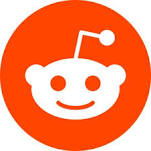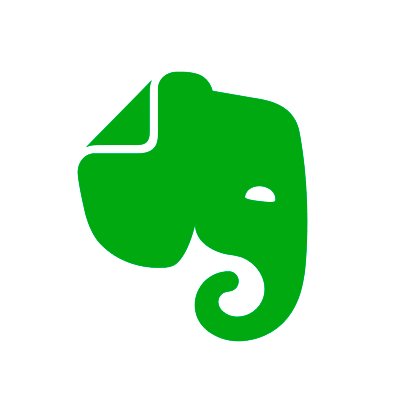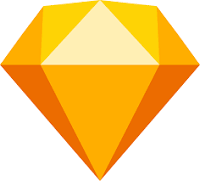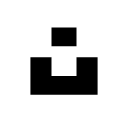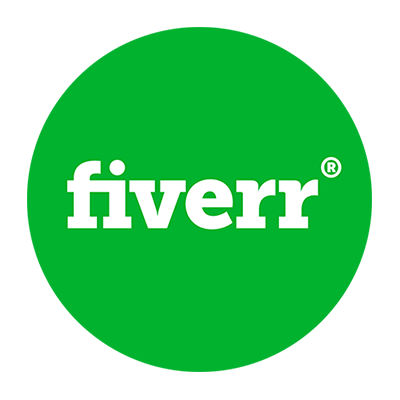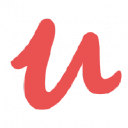How I Launched An App That Charges People If They Don't Exercise
Note: This business is no longer running. It was started in 2017 and ended in 2023. Reason for closure: Shut down.
Hello! Who are you, and what business did you start?
My name is Justin Anyanwu. I came to the US from Nigeria in 1998. I’m now a citizen, and every day, I thank my mother for bringing me here. I love this country.
I started Innovative Bit (Company name under which Lazy Jar was created) in October of 2016, and our flagship product is Lazy Jar, a fitness app that charges users any week they fail to work out adequately.
It was started in October of 2017 as a proof of concept. We re-launched the app this year in March, today we’re averaging $250 a month from the app.

What's your backstory, and how did you come up with the idea?
Ever since I was young, I always loved creating things. My first passion as a kid was being a farmer. I loved the idea of planting seeds and watching them grow into something...

Download the report and join our email newsletter packed with business ideas and money-making opportunities, backed by real-life case studies.

Download the report and join our email newsletter packed with business ideas and money-making opportunities, backed by real-life case studies.

Download the report and join our email newsletter packed with business ideas and money-making opportunities, backed by real-life case studies.

Download the report and join our email newsletter packed with business ideas and money-making opportunities, backed by real-life case studies.

Download the report and join our email newsletter packed with business ideas and money-making opportunities, backed by real-life case studies.

Download the report and join our email newsletter packed with business ideas and money-making opportunities, backed by real-life case studies.

Download the report and join our email newsletter packed with business ideas and money-making opportunities, backed by real-life case studies.

Download the report and join our email newsletter packed with business ideas and money-making opportunities, backed by real-life case studies.










